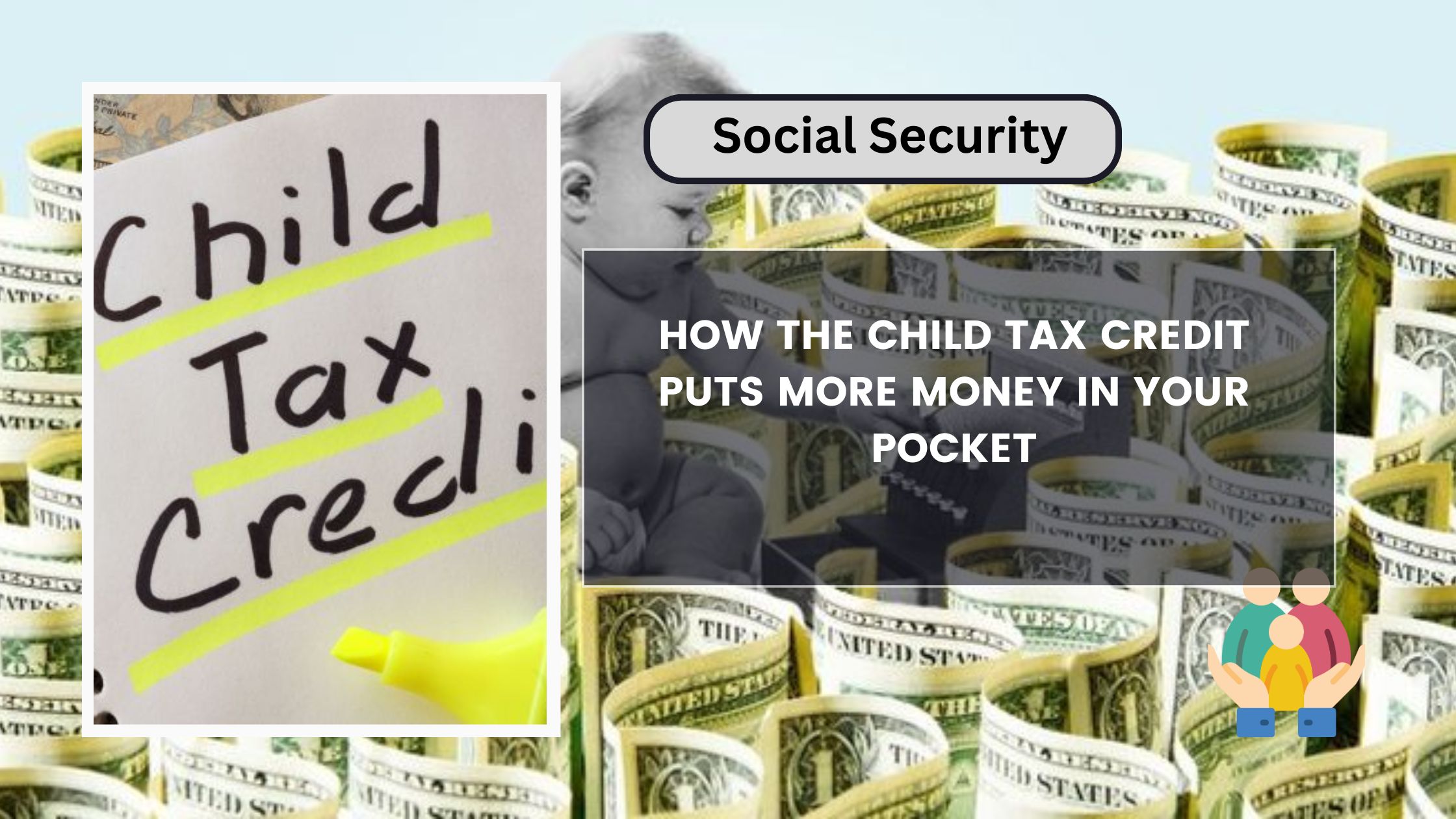Designed to assist families by lowering their tax load and boosting their refunds, the government initiative known as the Child Tax Credit (CTC) If you have children under 17, this credit might either provide you a refund or reduce the taxes you owe, therefore freeing more money for your pocket. The credit amount has grown in recent years, so many households find great financial advantage from it. Maximizing your savings requires knowing how the Child Tax Credit is calculated, who qualifies, and how to claim it.
Define the Child Tax Credit
The U.S. government offers a tax benefit known as the Child Tax Credit to assist in child-raising expenses for households. It directly lowers your income tax due; in rare situations, if you qualify for the refundable section known as the Additional Child Tax Credit (ACTC), it can even result in a refund.
Under 17 years old, qualified households can get up to $2,000 for child for the 2024 tax year. By greatly lowering the amount of taxes a family owes, this credit helps them keep more of their income.
Who Is eligible for the Child Tax Credit?
Families who want to be qualified for the Child Tax Credit have to satisfy specific criteria including:
- The youngster has to be under 17 years old at the conclusion of the tax year.
- The child must be your son, daughter, stepchild, foster child, brother, sister, or descendent of these—such as a grandchild or niece/nephew.
- The youngster has to have lived with you for more than half of a year.
- The youngster cannot supply more than 50% of their own financial support.
- The youngster has to be a U.S. citizen, national, or resident alien and have a current Social Security number.
- Income Limits: The credit starts to phase down for anyone making more than $200,000 ($400,000 for married couples submitting jointly).
On your tax return, you can claim the Child Tax Credit if your income falls below these limits but otherwise meet all other criteria.
How Much Money Is Possible?
Your income and the number of children you have determine how much the Child Tax Credit will pay you.
- Maximum Credit per Child: $2,000
- Refundable Portion (ACTC): For 2024, up to $1,600 per kid
- Single phase-out income limits: $200,000; married filing jointly: $400,000
The Additional Child Tax Credit (ACTC) may let you earn a refund for portion of the credit if your tax debt is less than your credit amount.
How one may claim the child tax credit?
Claiming the Child Tax Credit is easy. Here is what you have to do:
- File a tax return even if you do not owe taxes to claim credit.
- Provide the information of your child; be sure your tax return shows their Social Security number.
- Use IRS Form 1040; to figure and claim your credit, finish Schedule 8812.
- If you qualify for the refundable portion (ACTC), be sure you properly claim it.
These guidelines will help you to make sure you get the most advantage available.
Why Is the Child Tax Credit Crucially Important?
For families, the Child Tax Credit is an indispensable financial instrument since it offers immediate savings and returns to be spent for basic needs including:
- Paying for schooling and daycare
- Paying medical bills cover-wise.
- shopping for house needs and groceries
- Future saving
Many low- and middle-income households find great difference in their financial situation depending on this financing.
Conclusion
One of the most beneficial tax advantages accessible to American families is the Child Tax Credit. Understanding its operation, who qualifies, and how to claim it will help you to guarantee that you get the whole advantage. Apart from lowering tax obligations, the credit helps families most in need to have extra cash in their hands. If you have children under seventeen, maximize your savings by claiming this credit when you file your taxes.
